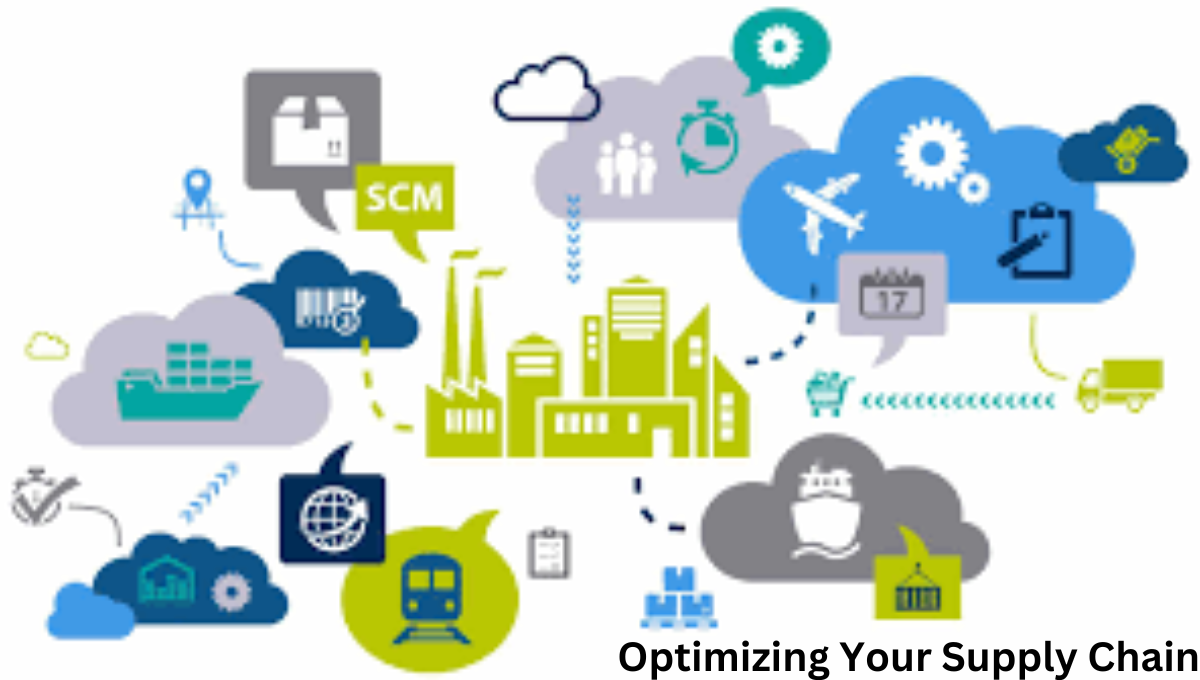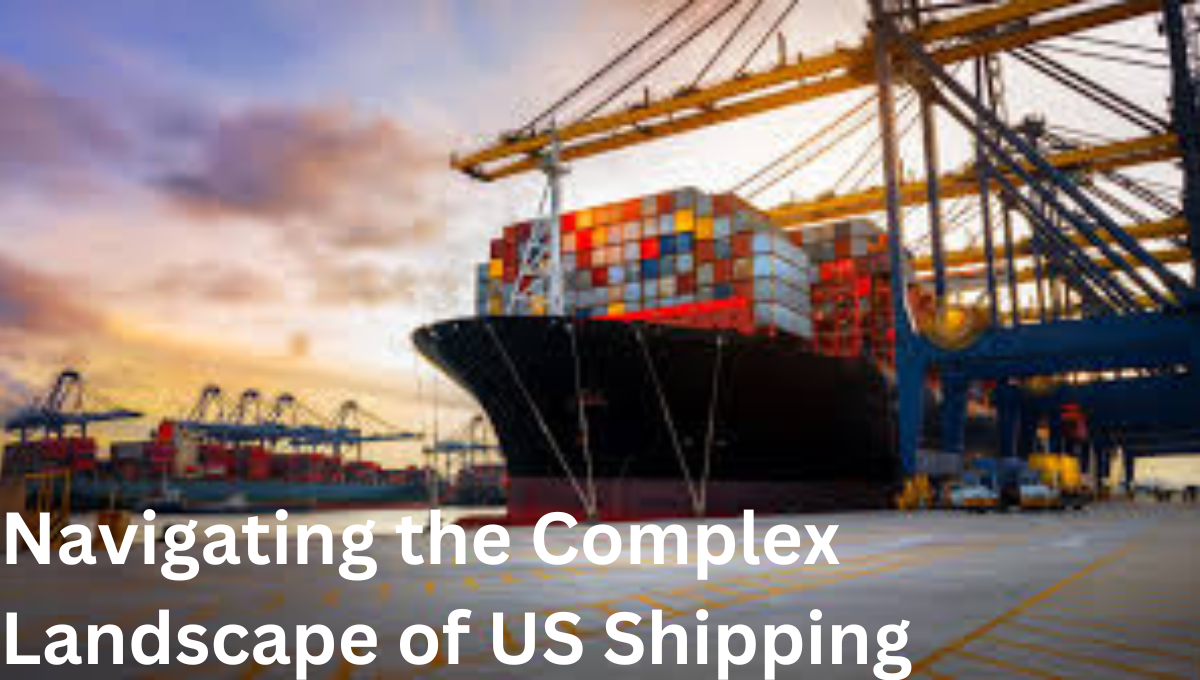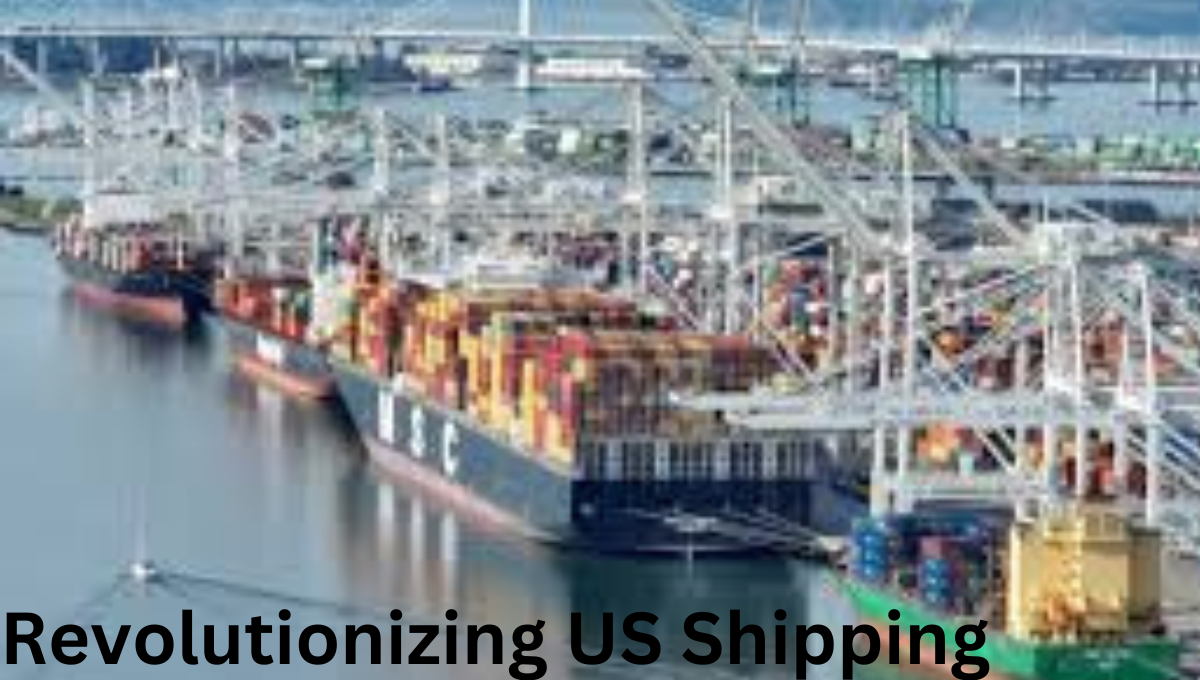Optimizing Your Supply Chain: Essential Strategies for US Businesses
The supply chain is the backbone of any business. It is the complex network of processes that ensures products are delivered from the manufacturer to the end customer. Optimizing this chain is crucial to maintaining competitiveness, improving customer satisfaction, and ensuring long-term profitability. In today’s fast-paced global market, businesses must constantly refine their supply chain … Read more


